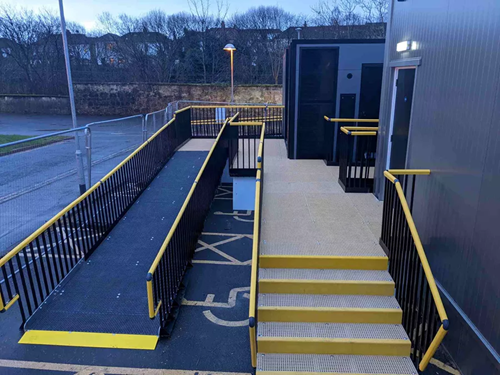 Thursday, May 2, 2024
Thursday, May 2, 2024  Thursday, May 2, 2024
Thursday, May 2, 2024 
In modern society, accessibility is not just a catchphrase. It is a testament to the progress we have made in being more inclusive of all individuals and to our understanding of how accessibility benefits everyone. For example, a wheelchair ramp not only helps people who use wheelchairs but also aids older adults, parents with young children, and others who are injured or have a temporary disability.
The enactment of the Accessible Canada Act (ACA) in 2019 demonstrates Canada’s commitment to accessibility and inclusiveness. It marks the culmination of standards and laws passed over the years by provinces, such as the Accessibility for Ontarians with Disabilities Act (AODA) in 2005. Federal and provincial action is not just a matter of convenience but a way to uphold fundamental human rights and dignity.
Accessibility can take many forms, such as sign language interpreters, service animals, and reserved seating on public transport. Mandates for buildings to be handicapped accessible are core to these efforts. Whether incorporated into the design of new structures or the retrofit of existing buildings, wheelchair ramps are a clear and effective means of compliance.
The ACA specifies seven (7) priority areas for the identification, removal, and prevention of barriers to establishing full accessibility, including four (4) that relate directly to making a building accessible:
Keep reading this article on keesafety.ca
Check out more news and blogs here